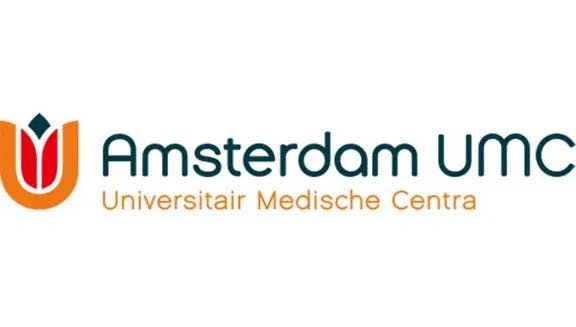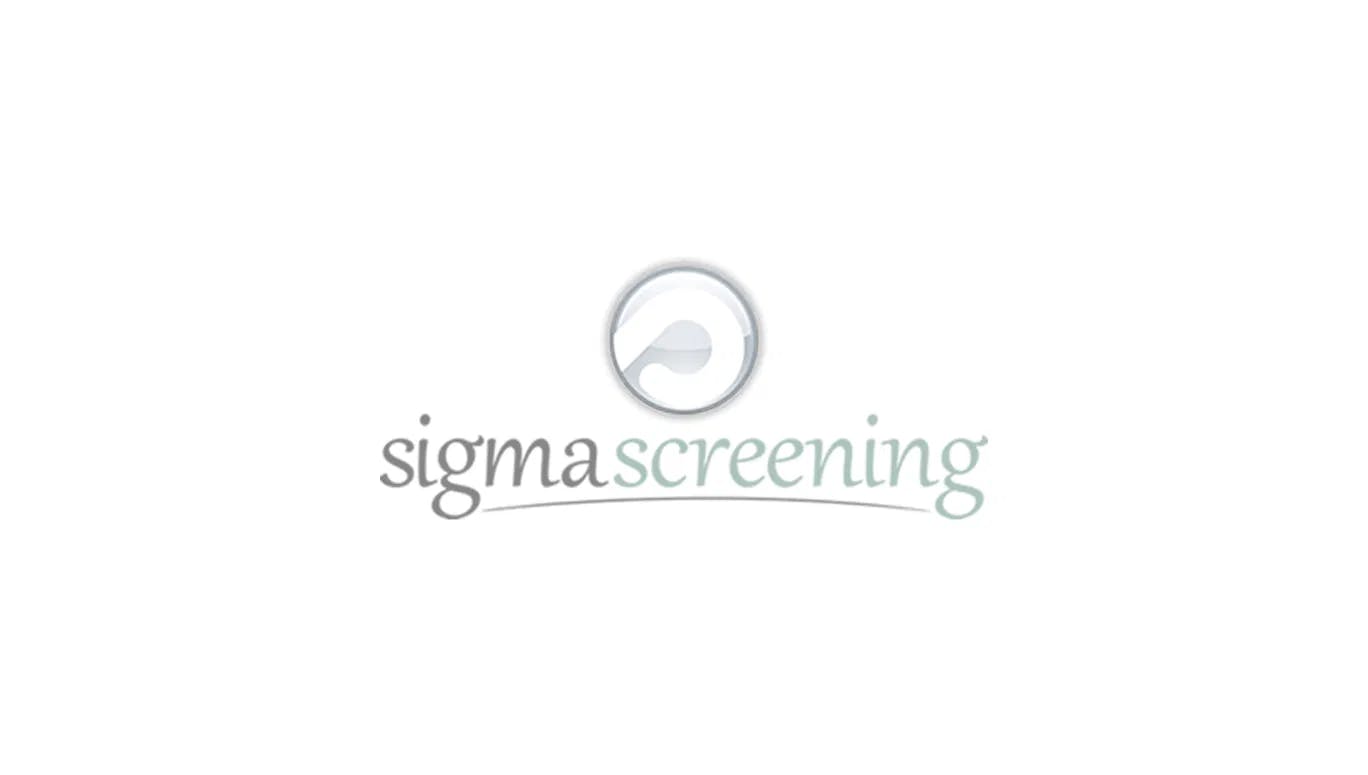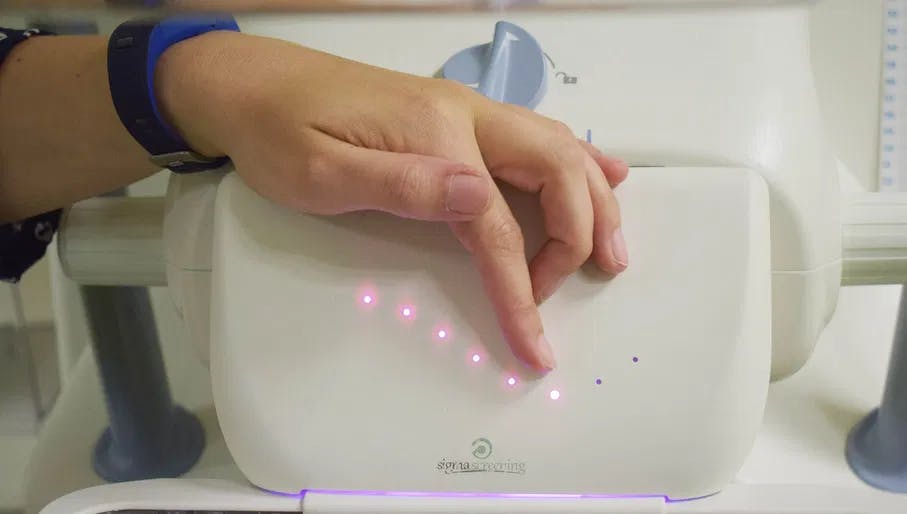
Amsterdam UMC Imaging Center: the future of healthcare
22 May 2025

In 2007, 2 professors at the Academic Medical Center (AMC), now Amsterdam UMC, teamed up to establish Sigmascreening. The inspiration was sparked by a single question posed at a symposium in Nijmegen. Ard den Heeten, professor of Radiology at the AMC at the time, was hosting the event as part of his duties as then-director of the National Breast Cancer Screening Training and Expertise Centre. At one of the seminars, a mammography system was on display. Professor of Medical Technology Kees Grimbergen saw the machine and made an observation: “It is strange that there is only a force indication. Force isn’t what the woman feels; she feels pressure. Why doesn’t it measure pressure?”
For Den Heeten, it was a a moment of revelation. “I thought, ‘we have a problem here with how we work. This is a flawed system.” They spent the following years working together to find a solution that would fix the flaw.
Mammography was invented in the 1950s and at that time the consensus was that the flatter you could get the breast during the X-ray exposure, the better. “A common opinion was that a painless mammogram was not a good mammogram, but there was never any proof that this was true.”
Now, 125 million mammograms are conducted each year. Each breast is screened twice, which equates to 500 million compressions, 500 million painful experiences for patients and participants in screening programs. Some women find it so painful that they avoid the procedure altogether.
A standard mammography system uses parallel plates to flatten the breast with the goal of making it easier for the X-rays to penetrate the tissue and achieve a high-quality image, while minimising the amount of radiation required. The problem with this system is that it only measures the force of the machine on a woman’s breast, but breasts can be vastly different sizes and small breasts require less force to compress than large breasts. Women with small breasts often experience their mammograms as much more painful than women with large breasts, because the force is distributed over a smaller surface area, resulting in higher pressure and more discomfort.
Another weakness in modern mammography is that there have been no global guidelines established to help mammographers decide exactly how much to flatten the breasts. In many cases, the level of compression is left up to the judgement of the technician.
Den Heeten describes, “It was not only pain, it was also the chaos. There was no standard for measuring pressure. Mammography should not hurt, and you should do it in a reproducible way.”
Currently, the amount of force applied during a mammogram varies greatly country to country, hospital to hospital and even within a hospital. Some women are still subjected to up to 18kg of force during breast compression. “It is ridiculous. A lot of women are complaining about the medieval amount of pressure that’s being given. It is a worldwide problem.”
Den Heeten and Grimbergen began working on a new kind of compression plate which would take into account the size and texture of the breast, using technology that gauges the pressure on a woman’s breast rather than the force. This method would prevent unnecessary pain and allow for a reproducible procedure with the same physical experience and benchmark each time.
Using the silver nanowire invented by Cambrios, the Sensitive Sigma Paddle compression plate personalises the mammogram to each breast, taking into account the size, shape and stiffness of the tissue. LED light indicators on the paddle light up while the pressure on the breast increases until 75 mmHg is reached, providing constant real-time visual feedback. This level of precision not only spares the patient unnecessary pain, but also improves the accuracy of the test.

A study led by professor Nico Karssemeijer at Radboud University Medical Center in Nijmegen indicates that using the right amount of pressure can increase mammographic sensitivity from around 87% to 93.9%. For women with small breasts, who are at the greatest risk of overcompression, the increase is even more significant, improving the sensitivity from 84.3% to 93.9%. A 2016 study conducted in Norway shows similar trends. With improved mammographic sensitivity, thousands of deaths could be averted each year. “These numbers show us that it is time to guide the pressure during the procedure and not after the procedure. The Sigma Paddle makes this possible.”
Sigmascreening already has its technology in 22 hospitals in Europe and now they are getting ready to incorporate the Sensitive Sigma Paddle in even more hospitals across the world. As of November 2022, Sigmascreening's patents and IP portfolio were acquired by Teledyne DALSA who intends to extend the cooperation in Amsterdam.
While the Sensitive Sigma Paddle is going global, Den Heeten and the Sigmascreening team intend to keep innovating in the Netherlands. “Amsterdam is a thriving community. The infrastructure is incredible and it is a nice liberal environment, where you can laugh and people have a sense of humour. It is a free community and that’s what you need.”
They have a lot of big ideas about how mammography could be further improved. In the future, it is possible that a technician would not need to pilot the paddle; the woman herself could be in control of the compression. More research could facilitate a deeper understanding on how breast tissue responds to pressure, which could further standardise and improve the screening procedure.
For now, Den Heeten would like to see the progress they’ve already made implemented at a broader scope. “We hope one day to have the Sigma Paddle integrated into every mammographic system and to set a worldwide standard for pressure. This could make a difference. This could save lives.”